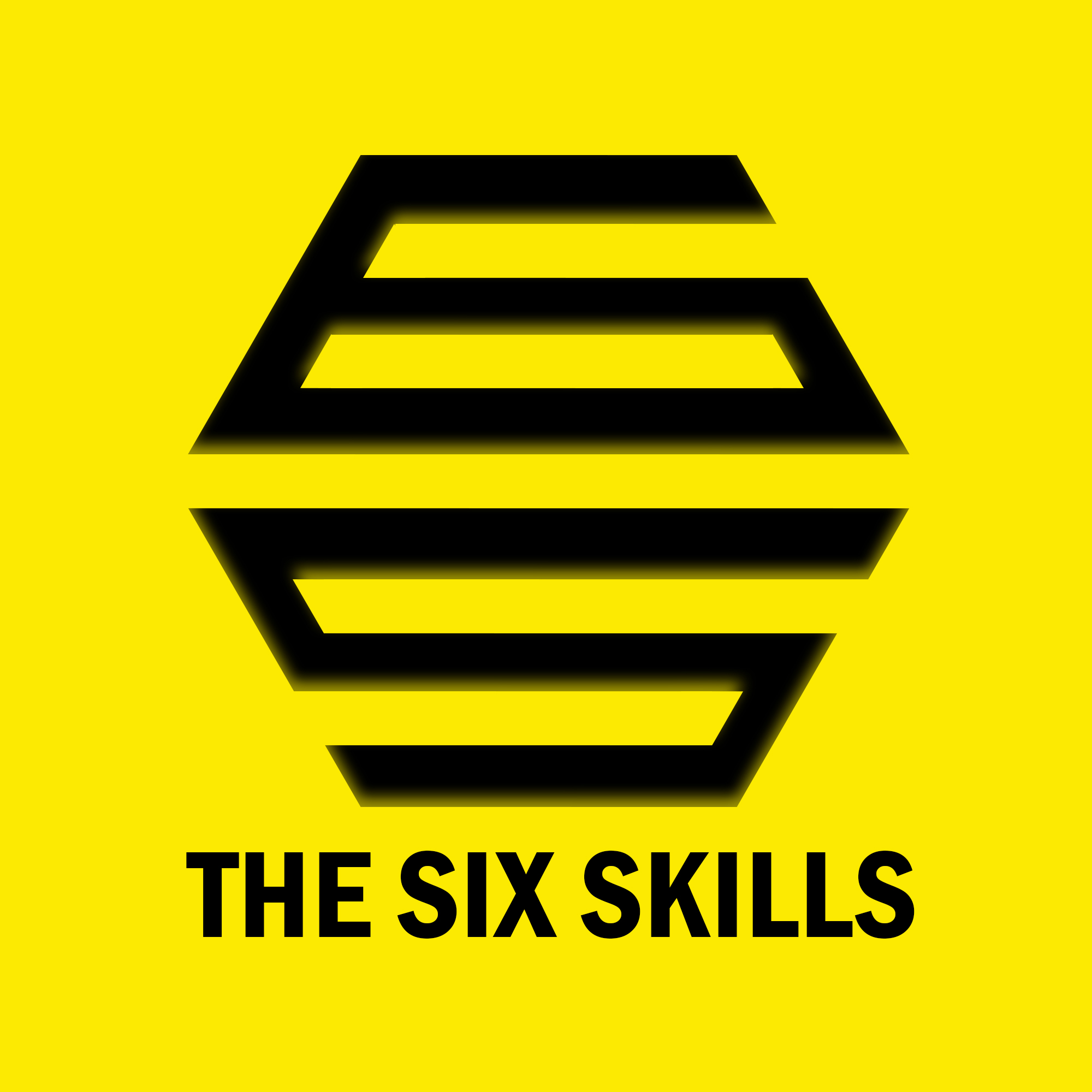
We have all been there. As we are talking with someone, we quickly realize that the conversation is going nowhere. We have asked all the questions that we can come up with and the other person is not contributing to the conversation. Awkward.
Another situation is when you are with a group people and you’re trying to get a word in but you’re wondering what you can say. You finally think of a question and then once you ask it, they all just stare at you with a confused look. Awkward.
There are many reasons why asking good questions is important. When we ask good questions, it helps us to learn, discover, avoid misunderstandings, get clarification, and many other benefits. It also helps with relationship building, whether it is to build trust or even to display care. Likewise, in the workplace, when we learn how to ask good questions, it helps people to perceive us as curious, thoughtful, inquisitive, and teachable. Here are 6 skills (ASKING) that you can focus on so that you can start asking good questions so that you can build strong relationships:
- A – ASSUME nothing. Too often, when we have assumptions about a person or a situation, it hinders us from asking good questions. But if we don’t bring in any biases, then we would be more effective in asking good questions to learn or discover who the person is and even gain insights into the issues of the situation.
Next Steps: Think like a journalist or news reporter. Imagine that you have to write up something about the person or the situation. Then, ask questions that will help you to meet that goal.
- S – STOP asking yes/no questions. One of the major reasons why a conversation ends abruptly and then gets awkward is because we are asking questions that have a yes/no answer. It is always better to ask open-ended questions, where the person has to open themselves up and explain a little bit more. It gives room for the other person to elaborate on things and then, you are able to discover more.
Next Steps: Start the question with words like, “Why…” and “How…”
- K – KNOW your audience and surroundings. Sometimes we get stuck or even get cut off prematurely because we don’t have the awareness to know what is going on around us. If a person looks disinterested in the topic, then change it. If a person looks like they are in a hurry, then end things quickly. It is better to leave things on a good note than to keep asking questions.
Next Steps: Practice watching for people’s body language. If they are looking around and not engaged in what you are saying, then change the topic. If they are constantly looking at their watch, then ask them if they are in a hurry.
- I – INQUIRE with follow-up questions. It is important that if you want the conversation to continue on for a longer period of time, then you should ask follow-up questions. Once the person gives an answer, go a bit deeper and have them expound on their answer. You can ask them how they felt about the situation or even ask if there were other experiences that were similar or what lessons they learned.
Next Steps: Ask them to clarify or focus on how they processed the experience.
- N – NEVER listen with your mouth. The problem with many of us is that we ask a question and instead of listening carefully to the answer, we think about what we are going to say next. Also, we end up sharing things that we have experienced without the other person prompting us. When we fail to listen well, then we will miss the opportunity to make a real connection. Another thing that will hinder our conversation with people is when we interrupt the person who is talking. Let them finish speaking.
Next Steps: Let the person come to a hard stop and if they ask you a question or if they don’t say anything for 3 seconds, then you can talk.
- G – GO with the flow. When you go with the flow in a conversation, it requires you to use multiple senses. You have to watch for their body language, you have to sense the fluidity of the conversation, you have to listen for connections points, and you have to be OK with the topics that are being brought up. In any given conversation, there are a lot of things going on all at once. Therefore, as you ask questions, be OK with where the conversation is going and try to connect the dots along the way.
Next Steps: Try to focus more on the person and see what it is that they are bringing up and then go in that direction. This helps them to feel like you are really engaged in the conversation.
When we think about our daily interactions, the depth and the quality of connection with people determine the impact we have on them. The key to unlocking the connection is by asking good questions. It helps us to learn and discover about the other person and the situation around us. It also brings clarity and enables us to avoid any misunderstandings. But many of us struggle to ask good questions. Therefore, start to practice these six skills of ASKING and see the connections start to form:
- A – ASSUME nothing
- S – STOP asking yes/no questions
- K – KNOW your audience and surroundings
- I – INQUIRE with follow-up questions
- N – NEVER listen with your mouth
- G – GO with the flow


This Post Has 7,504 Comments